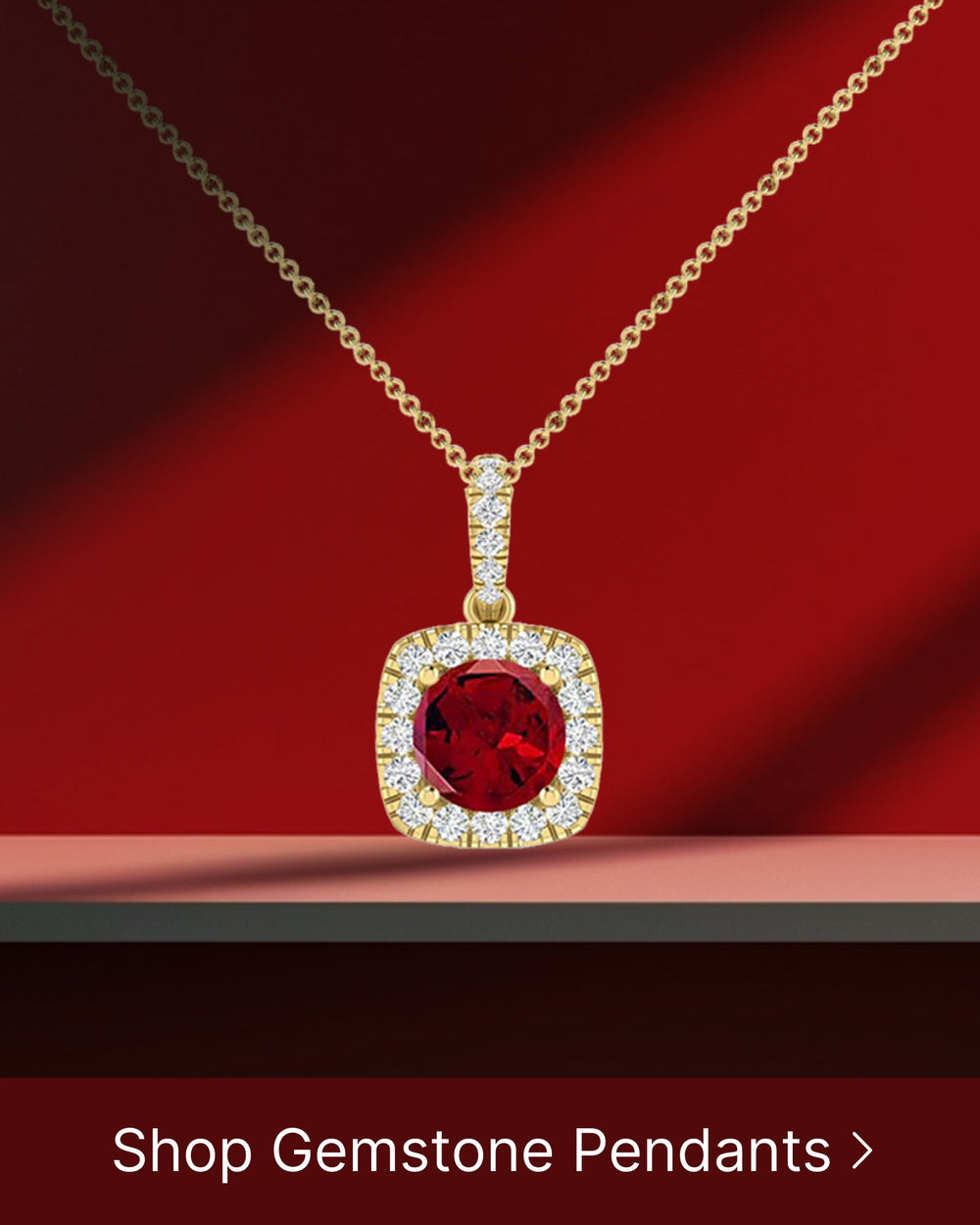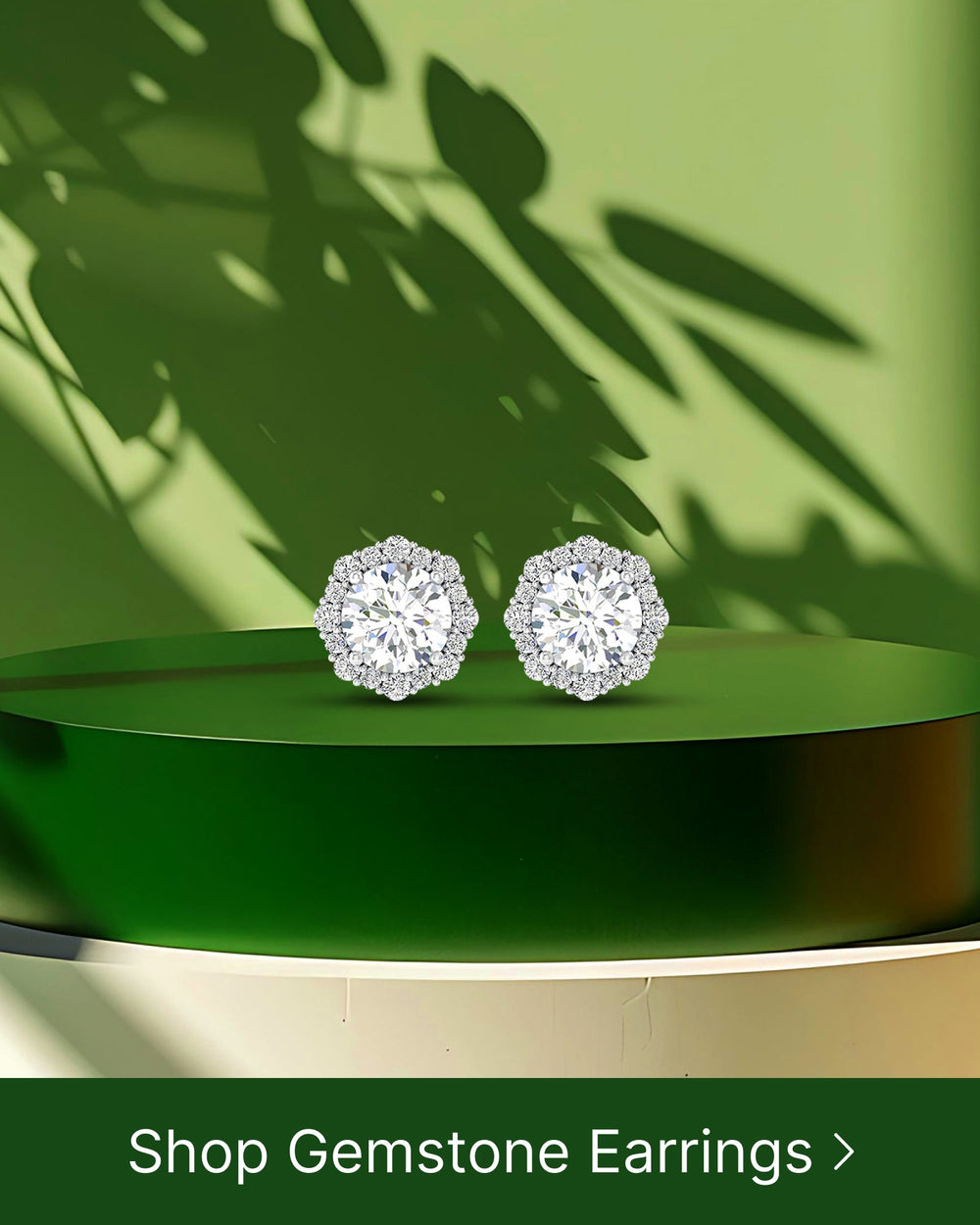November's birthstones include the vibrant and captivating gemstones of citrine and topaz. These gemstones, with their unique characteristics and rich history, have intrigued and fascinated people for centuries. In this article, we will explore the historical importance, the unique characteristics, and the role of citrine and topaz in jewelry.
The Historical Importance of November's Gemstones
Throughout history, gemstones have held great significance and were often associated with various beliefs and mystical powers. Citrine and topaz, both associated with the month of November, have had their fair share of historical importance.
The Ancient Beliefs Surrounding Citrine and Topaz
In ancient times, citrine and topaz were believed to possess magical powers. Citrine was particularly associated with the sun and was believed to bring warmth, abundance, and positivity to its wearer. It was also believed to have the power to ward off evil spirits and protect against snakebites. Topaz, on the other hand, was often associated with protection, calmness, and healing properties. It was believed to have the ability to cure various ailments and bring peace to the wearer.
Legend has it that citrine was used by ancient Egyptians as a talisman against snakebites. They would wear citrine amulets or carry them in their pockets to ward off venomous snakes. The bright yellow color of citrine was believed to resemble the sun, symbolizing life and vitality.
Topaz, on the other hand, was highly regarded by the ancient Greeks and Romans. It was believed to have the power to calm anger and dispel negative emotions. The Greeks associated topaz with Apollo, the god of light and sun, believing that it could bring enlightenment and wisdom to its wearer.
Citrine and Topaz in Medieval Times
During the medieval period, citrine and topaz continued to be highly valued gemstones, especially among royalty and nobles. They were considered symbols of wealth and power, and were often used to adorn crowns, scepters, and other royal regalia.
Similar to the ancient beliefs, citrine was believed to bring prosperity and abundance. It was often worn by merchants and traders in the hopes of attracting success and good fortune in their business endeavors. Topaz, on the other hand, was thought to protect against harm and enhance mental clarity. It was believed to have the power to ward off evil spirits and provide guidance to its wearer.
During this time, citrine and topaz were also used in medicinal practices. They were ground into powders and used as remedies for various ailments, including digestive issues, insomnia, and depression. The vibrant colors of these gemstones were believed to have a positive effect on the body and mind.
Modern Interpretations of November's Gemstones
In modern times, citrine and topaz continue to hold significance, although the beliefs and interpretations have evolved. Citrine is now associated with success, clarity of mind, and manifestation of goals. It is believed to have the power to attract abundance and prosperity into one's life. Many people wear citrine jewelry or keep citrine crystals in their homes or workplaces to enhance their motivation and drive.
Topaz, on the other hand, is believed to enhance communication, promote emotional well-being, and bring good fortune. It is often used as a stone of protection and is believed to shield its wearer from negative energies. Many people also use topaz to promote relaxation and relieve stress, as it is believed to have a calming effect on the mind and body.
Today, citrine and topaz are not only valued for their beauty but also for their metaphysical properties. They are often used in crystal healing practices and meditation to promote positive energy and balance in one's life. Whether worn as jewelry or kept as decorative pieces, these gemstones continue to captivate and inspire people with their rich history and mystical allure.
The Unique Characteristics of Citrine
Citrine possesses a range of unique characteristics that contribute to its beauty and desirability.
Citrine, a mesmerizing gemstone, is known for its stunning appearance and captivating qualities. Its allure lies not only in its physical attributes but also in its fascinating formation process, the wide spectrum of colors it exhibits, and the believed healing properties it holds.
The Formation and Mining of Citrine
Naturally occurring citrine is formed through a combination of heat and pressure within the Earth's crust. This extraordinary gemstone is typically found in Brazil, Bolivia, and other parts of South America, where the geological conditions are ideal for its creation. The process of its formation takes place over millions of years, as minerals undergo a metamorphic transformation, resulting in the birth of citrine.
The mining of citrine is a meticulous and environmentally conscious process. Miners employ sustainable methods to extract these precious gems from the depths of the earth, ensuring that the natural beauty of the surrounding environment is preserved. This commitment to ethical mining practices adds an extra layer of value to citrine, making it not only visually appealing but also environmentally responsible.
The Color Spectrum of Citrine
Citrine is renowned for its warm and sunny color palette, which ranges from delicate shades of pale yellow to deep hues of amber. The gemstone's colors evoke the vibrant hues of autumn leaves, infusing any piece of jewelry with a touch of brightness and warmth. The captivating range of shades allows citrine to complement a variety of skin tones and effortlessly enhance any outfit or occasion.
Each shade of citrine possesses its own unique charm and character. The lighter tones exude a sense of delicacy and elegance, while the deeper, more intense hues radiate strength and sophistication. The versatility of citrine's color spectrum ensures that there is a shade to suit every individual's personal style and preference.
The Healing Properties of Citrine
Beyond its aesthetic appeal, citrine is believed to possess various healing properties that have captivated the interest of many throughout history. It is said to promote vitality, creativity, and confidence, acting as a source of inspiration for those who wear it. Citrine is also thought to alleviate self-doubt and negative energy, promoting a sense of joy and happiness in its wearer.
Throughout ancient times, citrine was believed to possess the power to cleanse the mind, body, and soul. It was often used in spiritual practices to enhance clarity of thought and stimulate the imagination. Today, many individuals turn to citrine not only for its beauty but also for its potential to bring balance and positive energy into their lives.
Whether you are drawn to citrine for its exquisite appearance, its fascinating formation process, or its believed metaphysical properties, there is no denying the unique allure of this remarkable gemstone. Its timeless beauty and captivating qualities make it a cherished addition to any jewelry collection.
The Fascinating Aspects of Topaz
Topaz, another remarkable gemstone associated with November, has its own set of captivating characteristics.
The Geographical Distribution of Topaz
Topaz can be found in various parts of the world, including Brazil, Sri Lanka, Nigeria, and Mexico. These regions are known for their rich deposits of this gemstone. Different regions yield different colors of topaz, from blue to pink and even colorless.
The Variety of Colors in Topaz
One of the most intriguing aspects of topaz is its wide range of colors. While blue topaz is the most well-known and popular, there are also pink, yellow, and even colorless varieties. Each color holds its own unique appeal and has different symbolisms attached to it.
The Symbolism and Uses of Topaz
Topaz has long been associated with various symbols and meanings. Blue topaz, for instance, is often associated with clear communication and expressions of love. Pink topaz, on the other hand, is often associated with emotional healing and compassion. Topaz is commonly used in jewelry, particularly in rings, earrings, and pendants.
The Role of Citrine and Topaz in Jewelry
The beauty and symbolism of citrine and topaz have made them popular choices for jewelry, especially as birthstones for the month of November.
Citrine and Topaz in Birthstone Jewelry
Birthstone jewelry holds a special place in many people's hearts, as it represents their birth month and carries personal significance. Citrine and topaz, with their warm and vibrant colors, make excellent choices for November birthstone jewelry. They can be featured in various designs, including necklaces, bracelets, and rings.
The Durability and Care of Citrine and Topaz Jewelry
Both citrine and topaz are relatively durable gemstones, making them suitable for everyday wear. However, proper care is still essential to ensure their long-term beauty. It is recommended to clean them with a soft cloth and mild soap, avoiding harsh chemicals and ultrasonic cleaning.
The Popularity of Citrine and Topaz in Modern Jewelry Design
In recent years, citrine and topaz have gained popularity among jewelry designers. Their vibrant colors and unique properties make them versatile gemstones for various jewelry styles, ranging from delicate and minimalist designs to bold statement pieces. These gemstones continue to captivate and inspire jewelry lovers worldwide.
In conclusion, the significance of November's gemstones, citrine and topaz, extends far beyond their aesthetic appeal. From their rich historical importance to their unique characteristics and their role in jewelry, these gemstones continue to captivate and fascinate people around the world. Whether you appreciate them for their mythological associations, healing properties, or their sheer beauty, citrine and topaz truly deserve the spotlight as November's birthstones.





